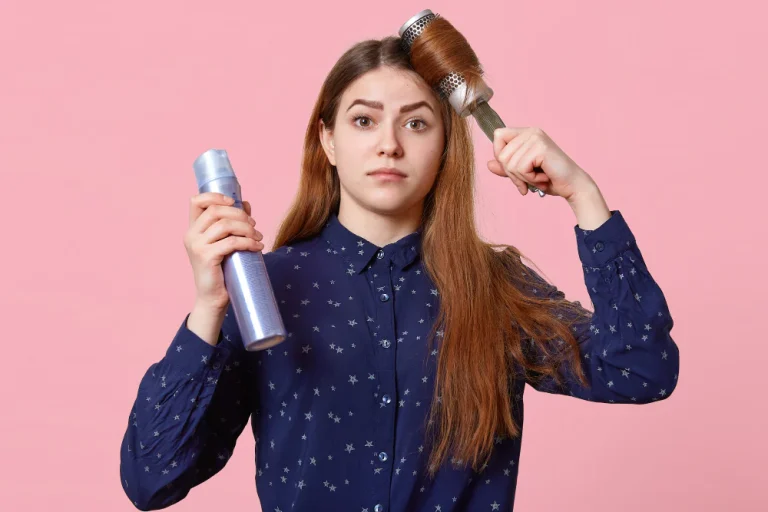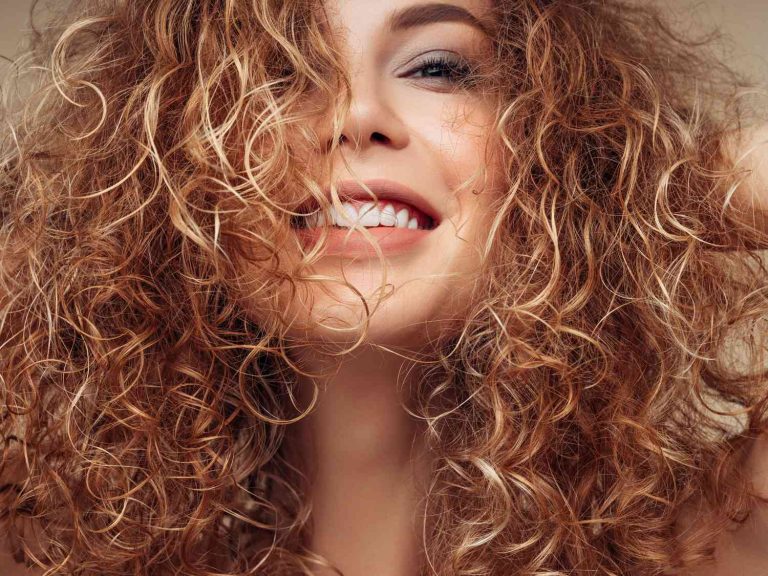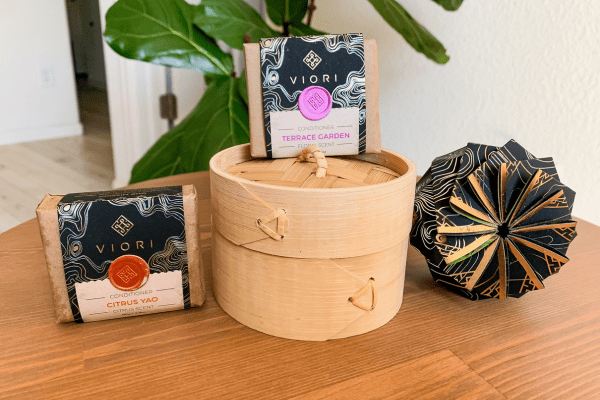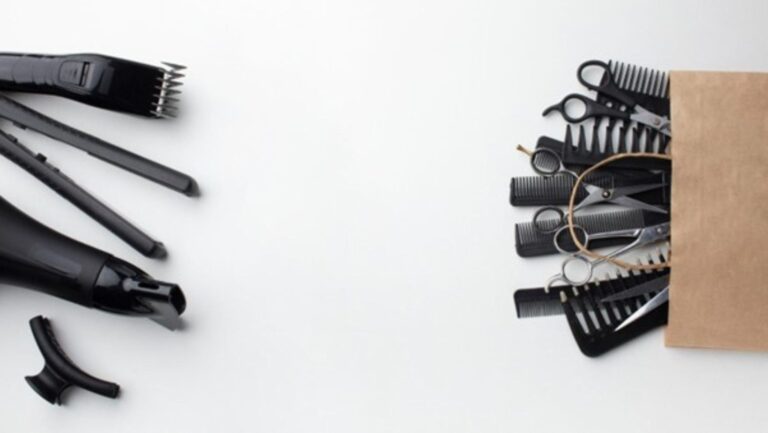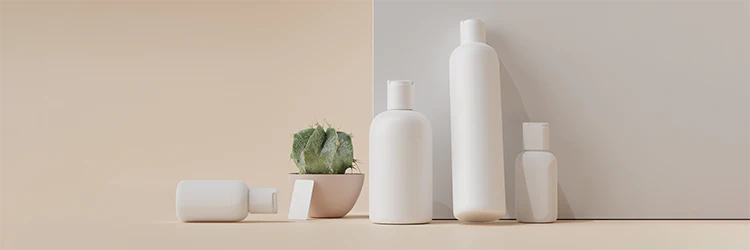Is Pantene bad for your hair?
Pantene is a widely recognized and popular brand in the hair care industry, known for its extensive range of shampoos, conditioners, and styling products.
With a history spanning over 70 years, Pantene has built a reputation for offering innovative and effective solutions to address various hair concerns. Millions of customers all over the world trust the brand, and it has gained a devoted following.
Recently, Pantene faced criticism and online allegations after a viral video showed a woman’s hair allegedly catching fire while using one of their products. This incident raised consumer concerns about the safety and potential harm associated with using Pantene hair care products.
While this particular incident garnered significant attention, it is important to examine the broader context and understand whether Pantene is genuinely bad for your hair.
Is Pantene bad for your hair?
Contents
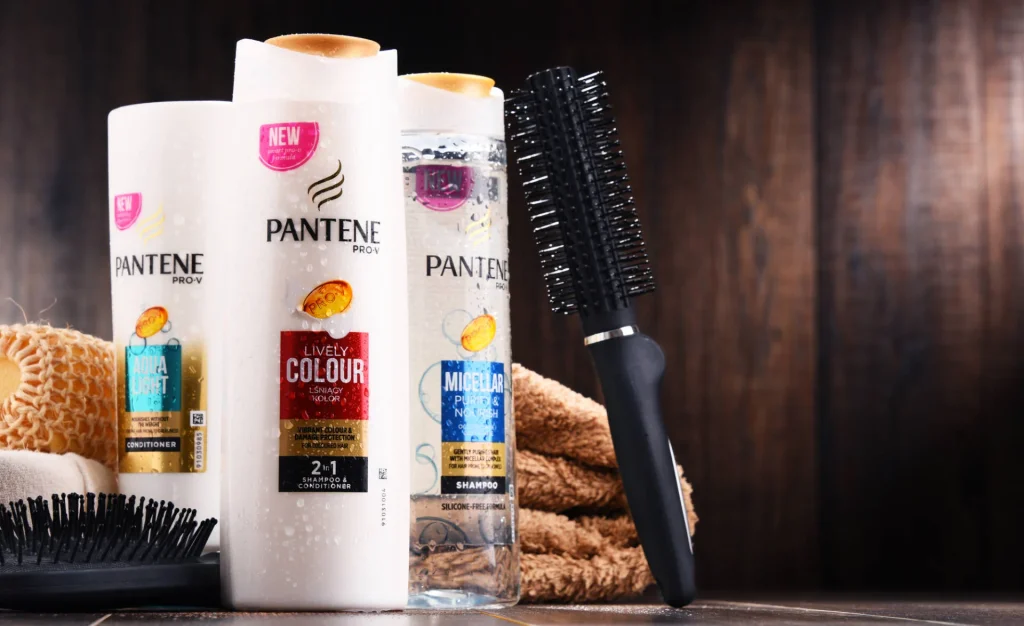
It is crucial to note that the suitability of any hair care product, including Pantene, varies from person to person. What works well for one individual may not yield the same results for another. Hair type, texture, and specific needs differ among individuals, which means that a product that may be beneficial for one person could be less effective for someone else.
Factors to consider:
- Product Formulations: Pantene offers a wide range of hair care products tailored to different hair types and concerns. This includes variations for dry hair, damaged hair, color-treated hair, and more. Each formulation contains specific ingredients and is designed to address particular hair concerns. It’s essential to choose the right Pantene product that aligns with your hair’s needs to optimize its benefits.
- Individual Hair Needs: Understanding your hair’s unique characteristics and requirements is crucial when selecting hair care products. Factors such as hair porosity, thickness, scalp condition, and styling routine play a significant role in determining the suitability of any product, including Pantene. Assessing your hair’s specific needs can help you identify the most suitable Pantene formulation for optimal results.
Wide Array of Pantene Hair Products
Pantene offers a wide range of hair care products designed to cater to various hair types and needs. Their product line includes shampoos, conditioners, styling gels, mousses, and more. With decades of experience in the industry, Pantene has developed a reputation for delivering quality products that help improve the health and appearance of hair.
Pantene’s product range covers a diverse array of hair care needs. Here are some of the product types they offer:
- Shampoos: Pantene shampoos are formulated to cleanse the hair and scalp effectively while addressing specific concerns such as damage repair, volume, or color protection.
- Conditioners: Pantene conditioners are designed to nourish and hydrate the hair, leaving it soft, smooth, and manageable. They offer options for different hair types, including dry, damaged, or frizzy hair.
- Styling Gels: Pantene styling gels provide hold and control for various hairstyles. They help tame frizz, add volume, and create definition without leaving a sticky residue.
- Mousses: Pantene mousses are lightweight foams that add volume and body to the hair. They are ideal for creating long-lasting styles and enhancing natural curls.
Pantene understands that different individuals have unique hair types and concerns. To address this, they have developed specific product lines tailored to meet various needs:
- Pantene Pro-V: This line focuses on strengthening and repairing damaged hair, providing nourishment and protection against breakage.
- Pantene Smooth & Sleek: Designed for those with frizzy or unruly hair, this line helps to control frizz, leaving the hair smooth and manageable.
- Pantene Volume & Body: This line is formulated to add volume and lift to fine or flat hair, giving it a fuller and more voluminous appearance.
- Pantene Color Protect: Specifically created for color-treated hair, this line helps to preserve color vibrancy and prevent fading.
Pantene Shampoo and Conditioner Controversies
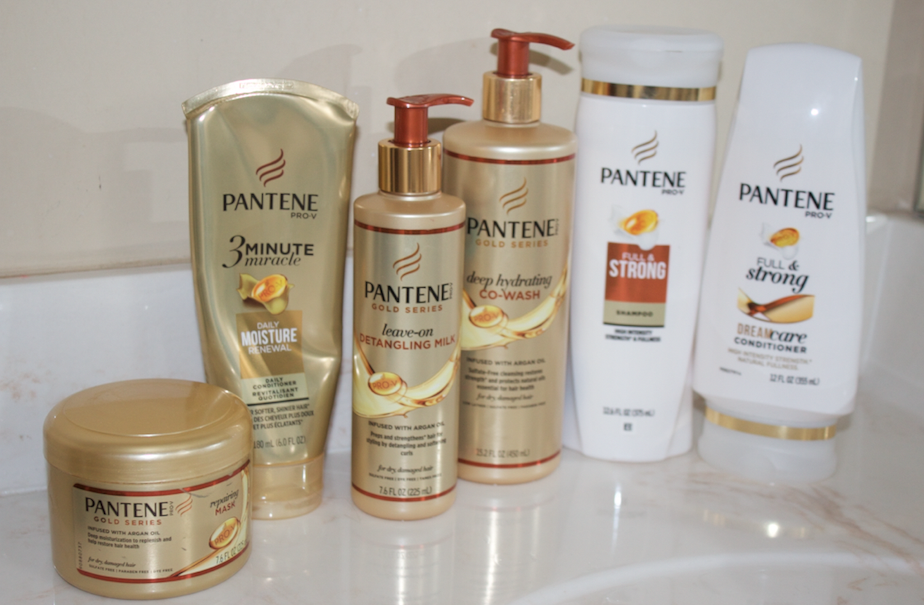
In 2016, a salon disaster occurred where a woman’s hair caught fire during a highlighting procedure. While Pantene products were involved in the incident, it is important to note that the cause of the fire was not directly linked to the shampoo or conditioner used. The incident was attributed to a combination of factors, including the use of flammable products and the improper handling of heat sources.
There have been allegations suggesting the presence of harmful ingredients, wax, and plastic in Pantene products. However, it is essential to rely on scientific evidence and expert opinions to evaluate these claims. Cosmetic chemists have stated that Pantene products undergo rigorous testing and comply with safety regulations. They refute the allegations of harmful ingredients, wax, or plastic in Pantene products.
Some people in the natural hair community think that Pantene is bad for hair. This perception may stem from personal experiences or preferences for specific hair care routines. It is important to note that hair care is subjective, and what works for one person may not work for another. Pantene products have a large customer base and positive analysis, indicating that they are effective for many individuals.
Unveiling the Reality Behind Pantene Controversies
Cosmetic chemists have refuted the flammability claims against Pantene products. They explain that the presence of alcohol in hair care products, including Pantene, does not make them highly flammable. The alcohol content in these products is typically low and evaporates quickly, making them safe to use near heat sources.
The bleach-related hair burning incident mentioned earlier was likely caused by the presence of metallic salts in the bleach used rather than Pantene product buildup. Metallic salts can react with bleach and heat, leading to hair damage or burning. It is important to follow proper hair care procedures and consult professionals to minimize the risk of such incidents.
Panthenol, an ingredient commonly found in Pantene products, has been mistakenly claimed to be wax. However, panthenol is a water-soluble vitamin B5 derivative that is easily washed out of the hair. It is known for its moisturizing and conditioning properties, helping to improve hair health and manageability.
Contrary to the claim that Pantene products contain plastic, it is actually silicones that provide the coating effect on hair strands. Silicones are commonly used in hair care products to create a protective barrier, reduce frizz, and enhance shine. They are safe for use and can be easily washed out with regular shampooing.
Negative Effects of Pantene on Hair
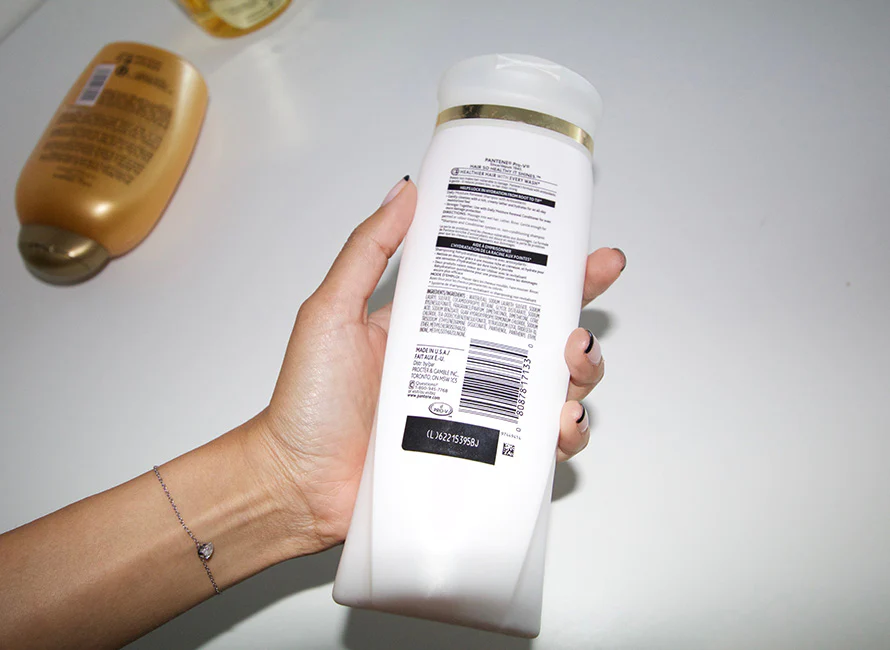
Pantene shampoos contain sulfates, which are known for their cleansing properties. However, sulfates can also strip the natural oils from the hair and scalp, leading to dryness and potential damage. This can be particularly problematic for individuals with already dry or sensitive hair.
Pantene products often contain silicones, which can provide a temporary smoothing effect on the hair. However, over time, these silicones can build up on the hair strands, resulting in weighed-down and dull-looking hair. Additionally, excessive silicone buildup can potentially block hair follicles and lead to scalp issues.
Parabens, a common preservative found in some Pantene products, have been associated with drying and potentially irritating effects on the scalp and hair. While the use of parabens in cosmetics is considered safe within regulated limits, some individuals may prefer to avoid them due to personal concerns or sensitivities.
Some Pantene products contain DMDM hydantoin, which acts as a preservative and releases small amounts of formaldehyde over time. Formaldehyde is a known irritant and allergen. While the levels released from DMDM hydantoin are generally considered safe, individuals with sensitivities may want to avoid products containing this ingredient.
Is Pantene Good for Your Hair?
It is important to acknowledge that some Pantene products contain ingredients that may have potential negative effects on hair and scalp health. This includes sulfates, silicones, parabens, and formaldehyde donors. However, it is essential to consider individual hair needs and sensitivities when evaluating the suitability of Pantene products.
Pantene has a wide range of products that cater to specific hair needs and hair types. They offer options for damaged hair, frizzy hair, color-treated hair, and more. By targeting specific concerns, Pantene aims to provide solutions that address different hair care needs.
Pantene invests in research and development to create high-quality hair care products. They strive to incorporate beneficial ingredients and innovative technologies into their formulations. While some ingredients may have potential drawbacks, Pantene aims to balance effectiveness and safety in their products.
Pantene’s iconic Pro-V Blend is a signature ingredient found in many of their products. It includes ingredients such as panthenol, amino acids, and vitamins that are known to nourish and strengthen the hair. These components can help improve hair health and manageability.
Conclusion
In conclusion, Pantene products have both positive and negative aspects to consider. Key points discussed include the potential negative effects of sulfates, silicone buildup, parabens, and formaldehyde donors. However, Pantene also focuses on catering to specific hair needs, invests in research, and utilizes high-quality ingredients like the Iconic Pro-V Blend.
Readers need to consider their individual hair needs, sensitivities, and preferences when selecting hair care products. What works for one person may not work for another, and it is essential to find products that suit your specific requirements.
While Pantene products may have potential drawbacks, they can still be a suitable option for individuals depending on their personal preferences and hair type. It is recommended to carefully read product labels, consider potential sensitivities, and make informed choices based on individual needs.

Founded by Sophia Rodriguez, IGXO Cosmetics is a PETA-certified, cruelty-free, and vegan makeup brand.
